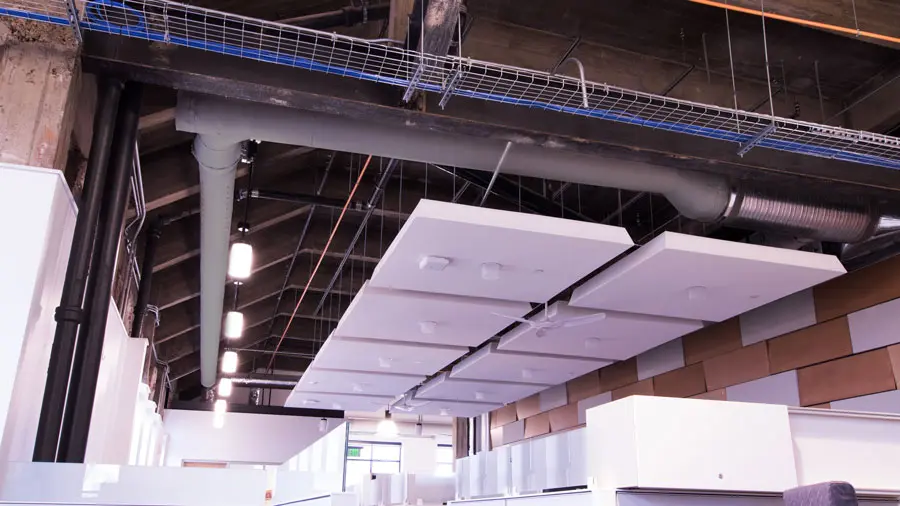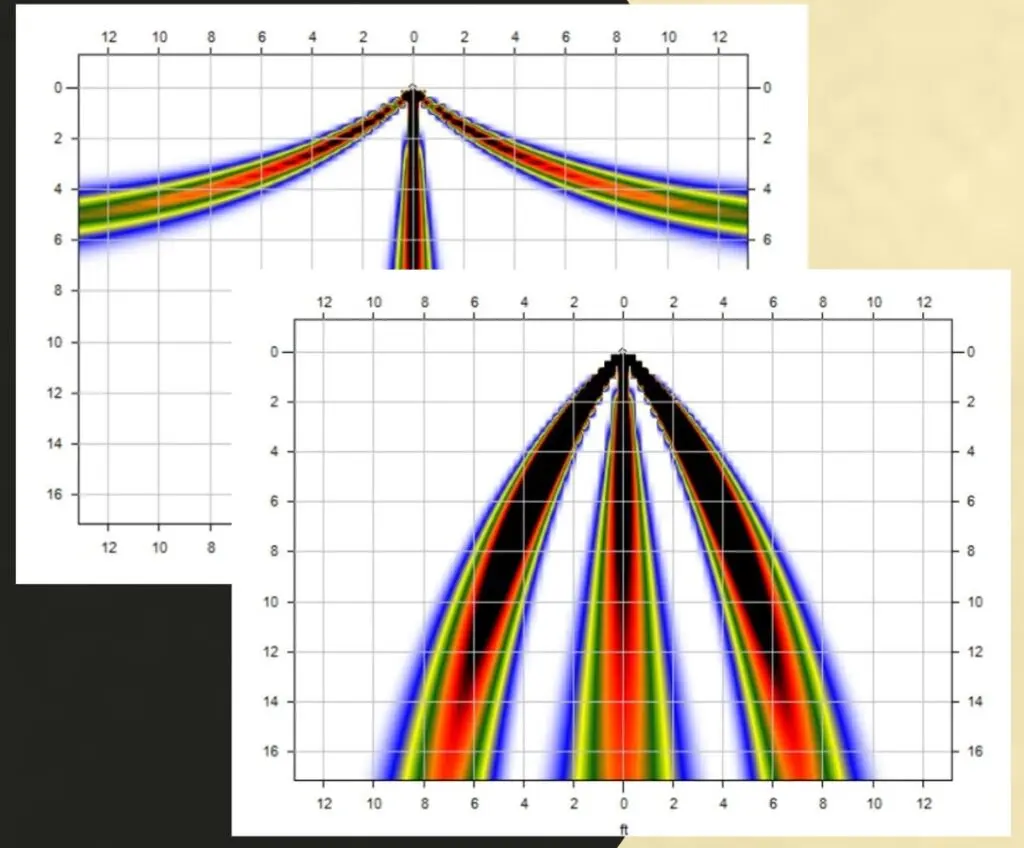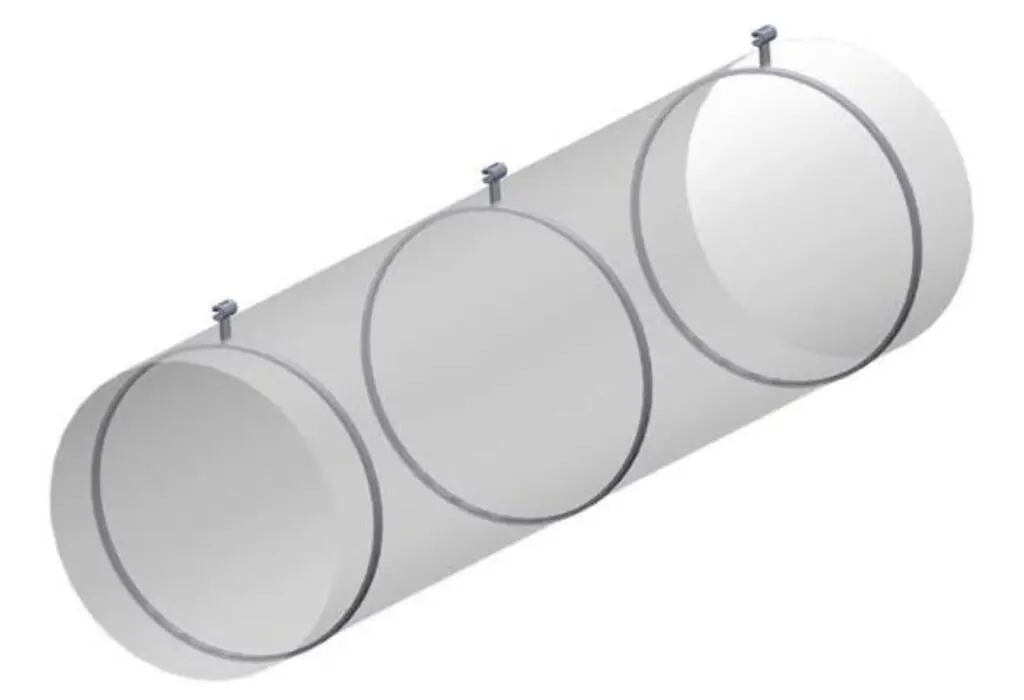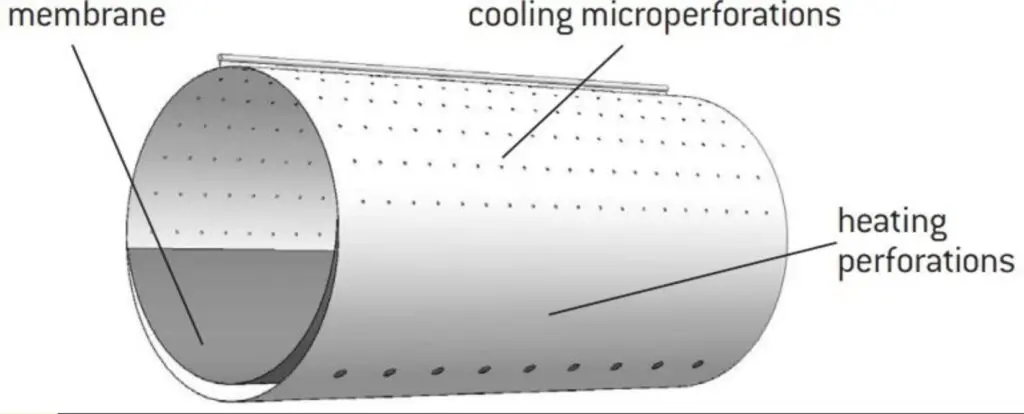


Building renovation project uses Prihoda membrane diffusers for draft-free air distribution
The third floor of the university’s O’Keefe Building was to be transformed into new office space for the Facilities Management Department, as part of a complete building renovation. This 68,000-square-foot space was to be divided into open-ceiling neighborhoods, each with a different layout and different air distribution requirement.
The first challenge we faced in designing for this space was to provide textile duct systems capable of maintaining their shape and appearance across the full turndown range of the variable air volume (VAV) system design.
We also had to provide systems capable of delivering warm air into the occupied zone during heating season, while avoiding stratification, that were capable of delivering draft-free air distribution during cooling season as well. The goal: To provide both heating and cooling from the same diffusers to maintain year-round occupant comfort.
The Solution
For successful VAV operation, we designed a system with full-circumference internal support rings inside the diffusers, combined with our unique internal track tensioning system.
This prevented diffuser sag and pop across the full operating range of the VAV system.
Then, to ensure draft-free air distribution for both heating and cooling, we used the Prihoda Membrane Diffuser.
This design has cooling perforations on the top and heating perforations on the bottom which are separated by an internal, non-permeable fabric membrane.

In cooling mode, the membrane is down, sealed against the bottom of the diffuser by static pressure in the duct, closing off the heating perforations and opening the cooling microperforations on top. Cool air exits the microperforations and gently drops into the space for draft-free cooling.
In heating mode, the membrane is up, sealed against the top of the diffuser by static pressure to close off the microperforations and open the heating perforations on the diffuser bottom. Warm air is then directed straight down into the occupied zone to prevent stratification of hot air at the ceiling.


Project Partners
Architect: Smith Dalia
Mechanical Engineer: Johnson, Spellman & Associates
Construction Manager: Structor Group
Mechanical Contractor: Maxair
Prihoda Rep: Holden & Associates
Fabric Duct Diffusers: Prihoda North America
 English
English Français
Français